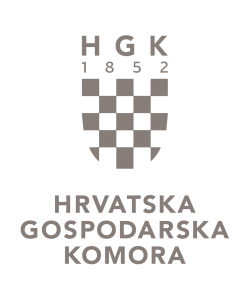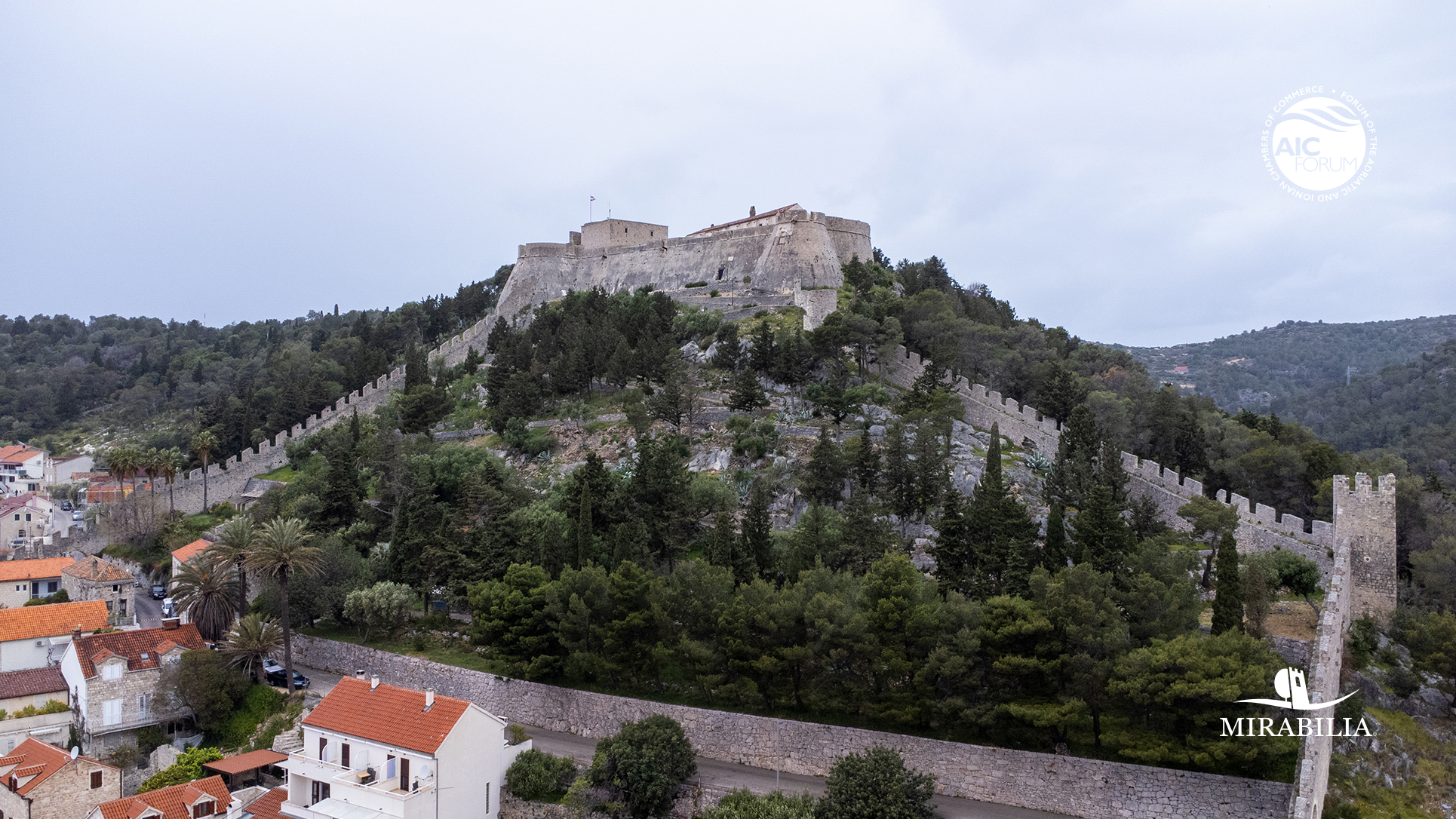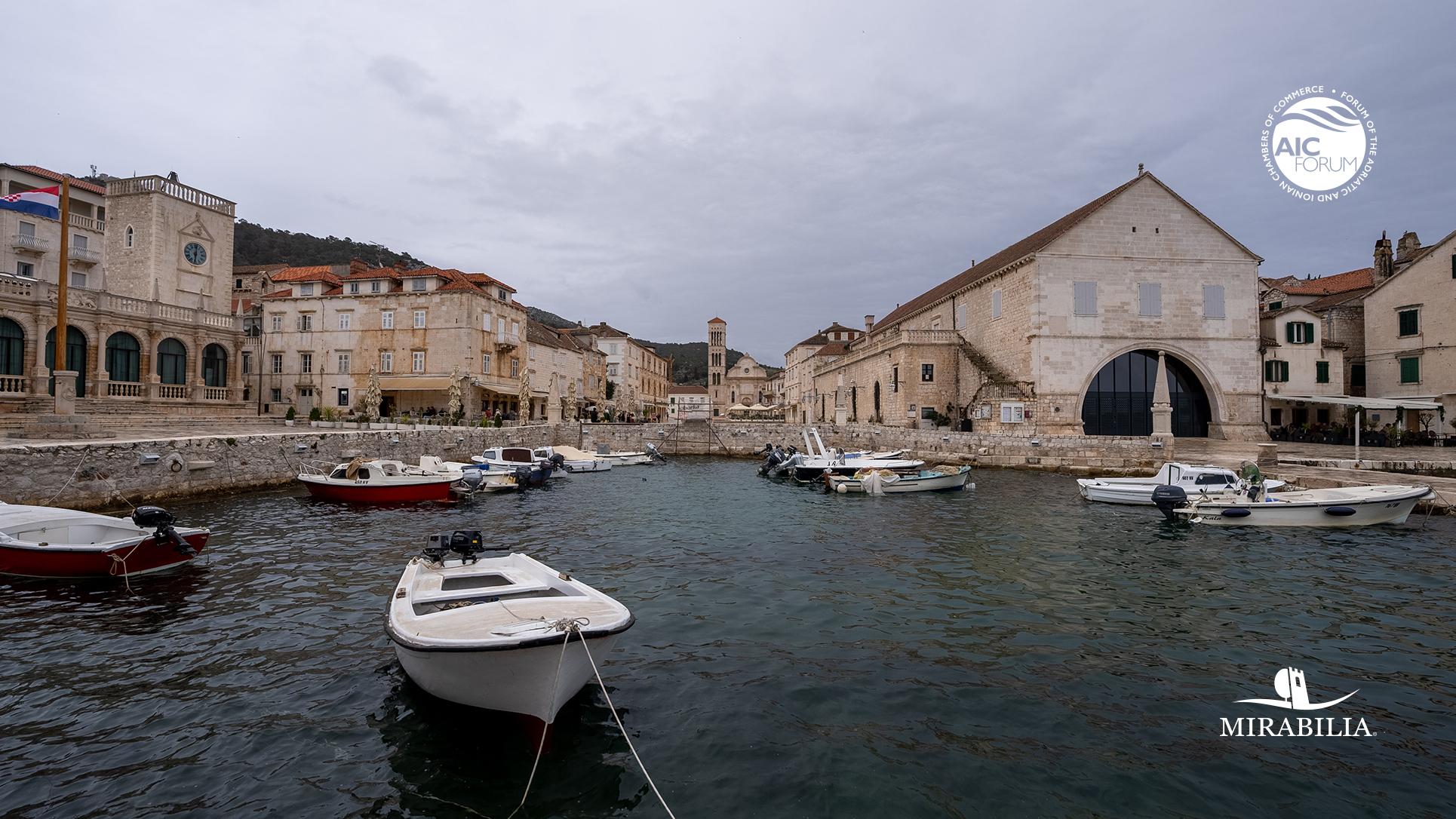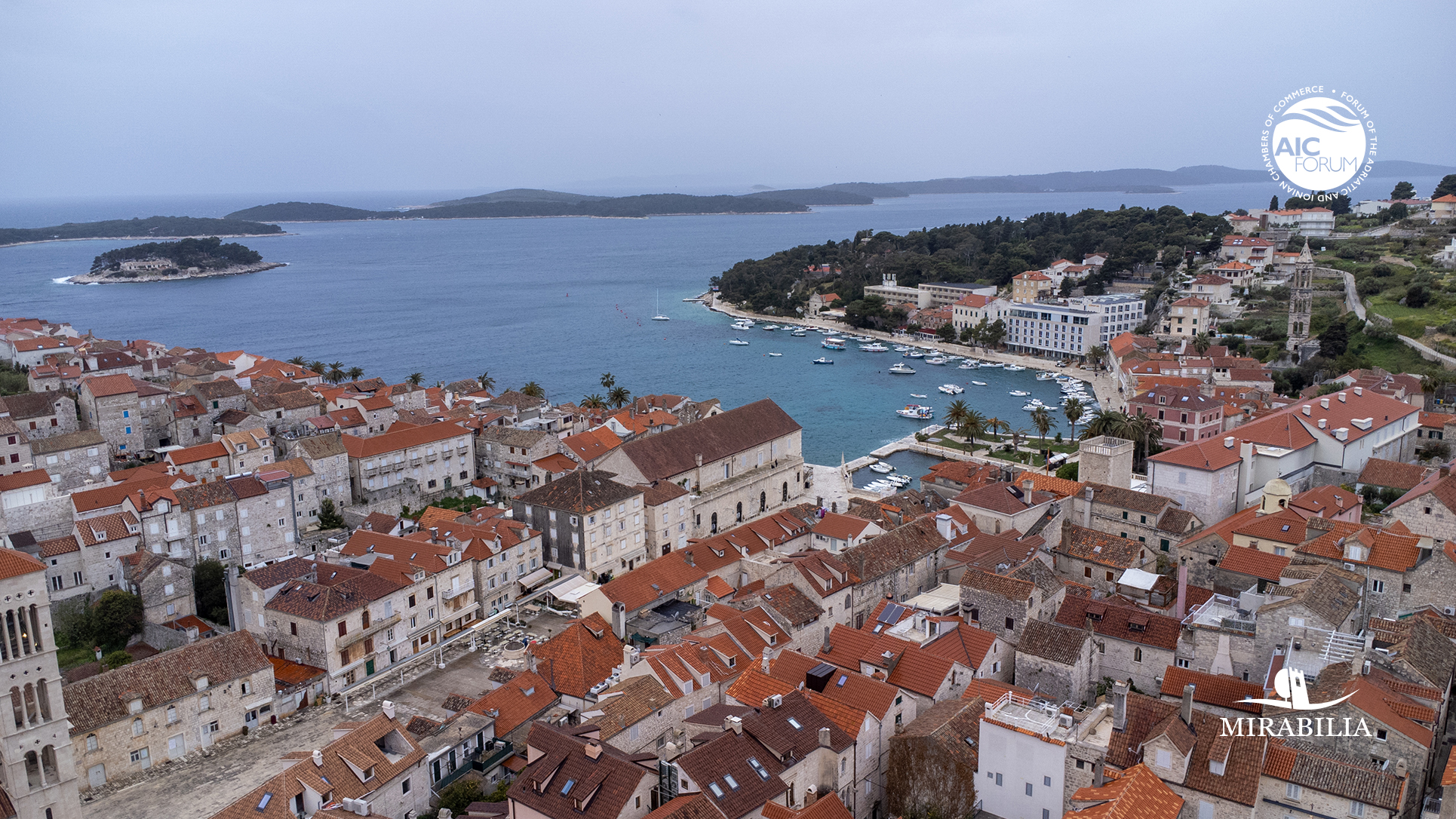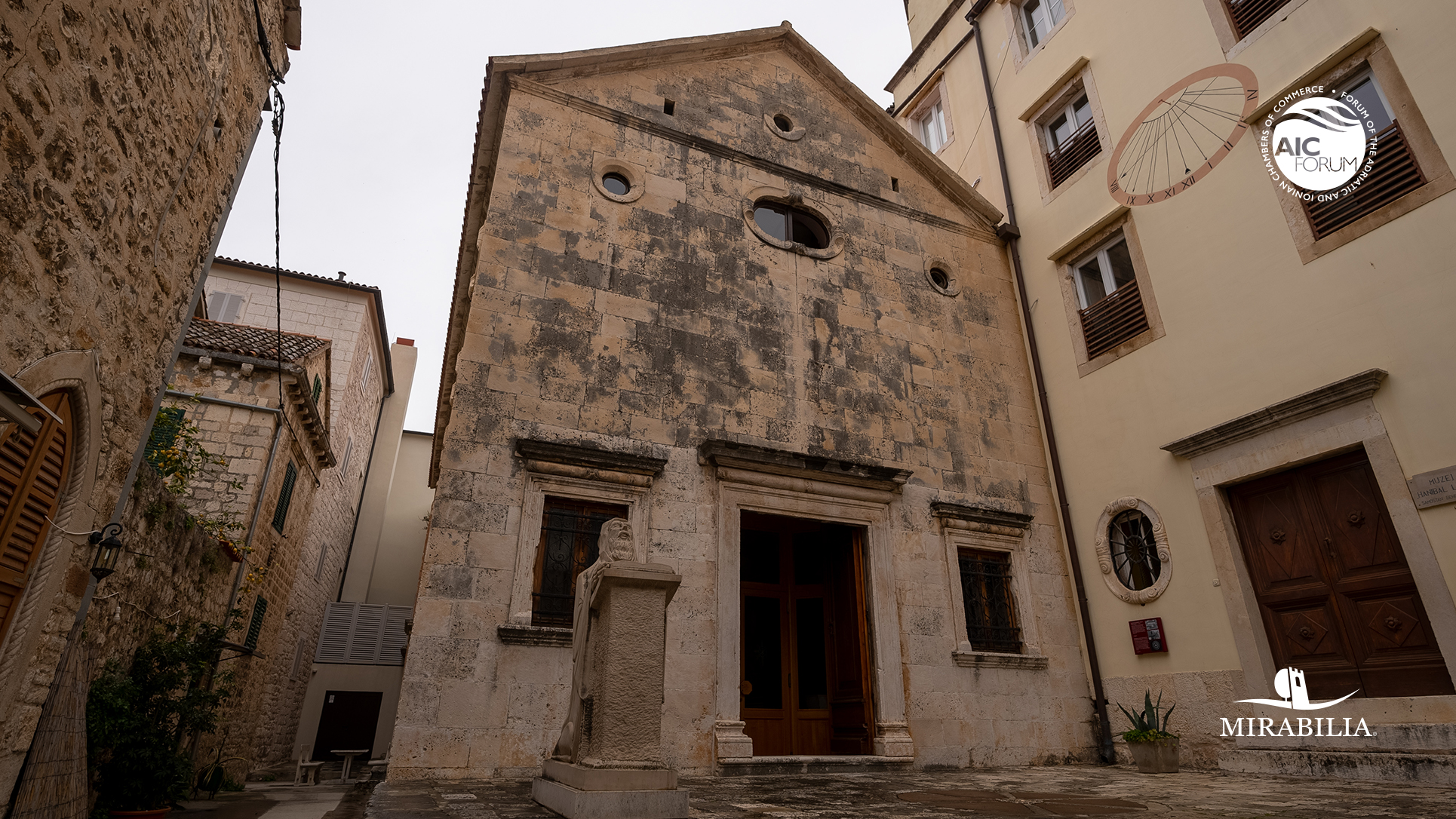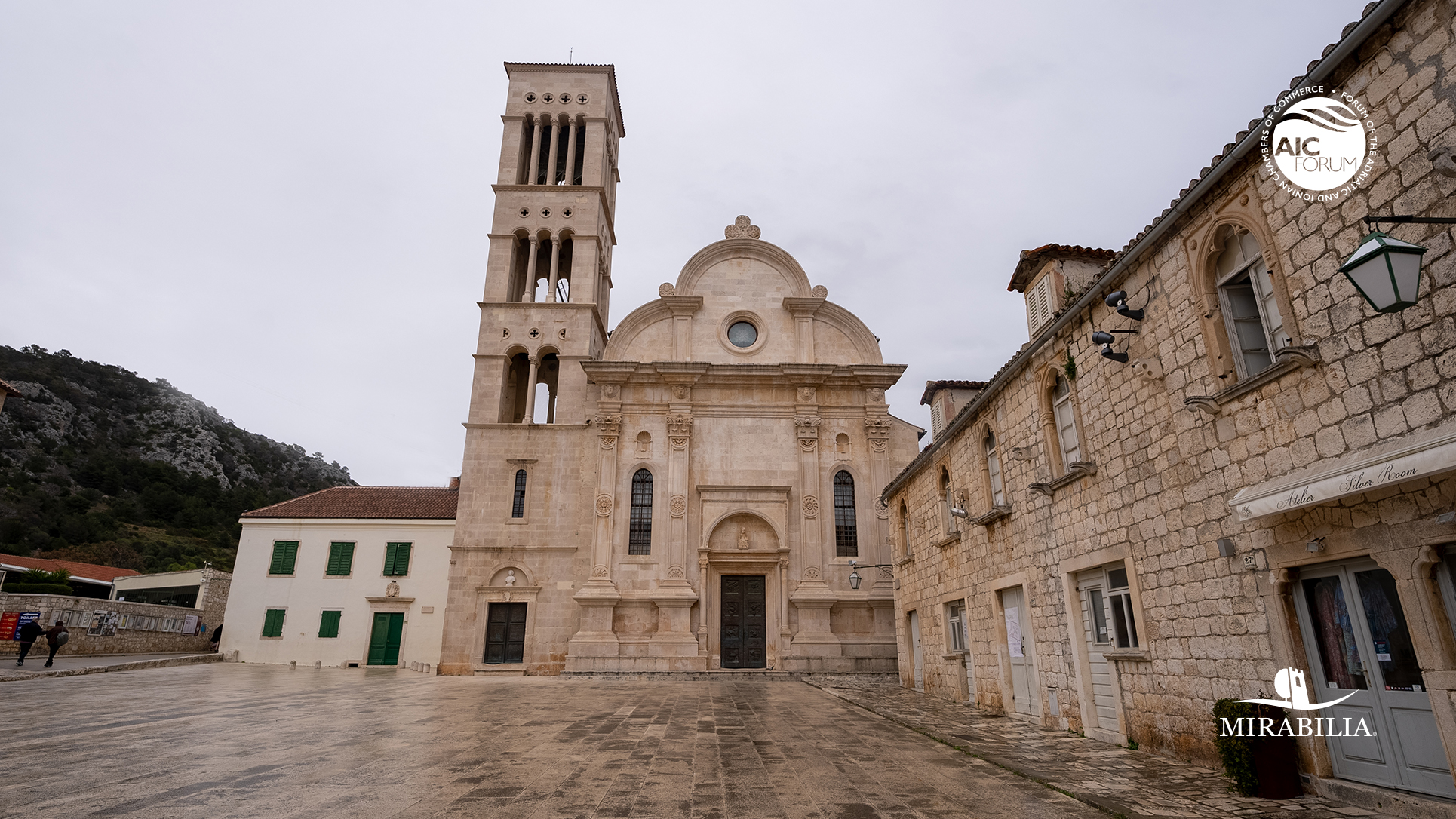Stari Grad Plain on the Adriatic island of Hvar is a cultural landscape that has remained practically intact since it was first colonized by Ionian Greeks from Paros in the 4th century BC. Its land organisation system, based on geometrical parcels with dry stone wall boundaries (chora), is exemplary. This system was completed from the very first by a rainwater recovery system involving the use of tanks and gutters. This testimony is of Outstanding Universal Value.
The land parcel system set up by the Greek colonisers has been respected over later periods. In fact, agricultural activity in the chora has been uninterrupted for 24 centuries up to the present day and is mainly based on grapes and olives. The agricultural plain of Stari Grad and its environment is an example of very ancient traditional human settlement, which is today under threat from modern economic development, particularly from rural depopulation and the abandonment of traditional farming practices. The setting up of the management plan and of the authority in charge of its application should enable the carrying out of a thorough programme of
archaeological excavations, the fostering of sustainable agricultural development in the chora, and the control of urban and tourism development in the vicinity of the property, with all due care being taken to ensure that its Outstanding Universal Value is respected.
HOW TO GET THERE
Stari Grad Port
MUST SEE
Tvrdalj of Petar Hektorović in Stari Grad, the fortified holiday house of its namesake poet andauthor of Fishing and Fisherman’s talk, the first realistic epic of the Croatian Renaissance, is themost famous building in Stari Grad and one of its symbols.
Churches of Stari Grad: St. Stephen’s Church is a baroque building whose construction begunin 1605 with a bell tower form 1753. St Rocco’s Church was built in the 16th century with a bellgable added in 1783. St. John’s Church with figural mosaics dating from the 5th/6th century.
Archaeological site Remete Garden is a multi-layered site from the 4th – 5th/6th century BC located on the eastern rim of today’s old town centre. Remains from the ancient town walls of Pharos were found in the Garden. Phases of the ancient town, from the earliest period of Greek colonisation to the times of the Romans and late Antiquity, are stratigraphically aligned in this very
spot.
CAN'T MISS
- Hvar Town is the capital and largest settlement of the island of the same name. The rich cultural heritage which includes the oldest public theatre in Europe continues today with the Hvar Summer Festival, whose locations include the Franciscan Monastery, Veneranda, the Arsenal and theatre, and Hanibal Lucic garden. Don’t forget to climb to the Spanish Fortress for fabulous views of the town and Pakleni Islands.
- Pakleni islands represent a unique and the most recognizable natural beauty of Hvar with one of world’s most beautiful island chains made of 21 islands, islets, reefs and narrow passages situated in front of the city of Hvar.
- Sv. Nedjelja cave s situated above Sv. Nedjelja village. Its size is grand and it’s interior impressive. Ancient people used it as a cover, and for religious services. In 16th century a small hermits’ refuge was built there, and traces of it can be still found today. Visitors can reach the cave easily.
ASSOCIATED CHAMBER OF COMMERCE
Croatian Chamber of Economy- Split County Chamber
Obala Ante Trumbića 4 - 21000 Split
Tel: +385 21 321 100 ; +385 21 321 101
E-mail: hgkst@hgk.hr
Web: https://www.hgk.hr/zupanijska-komora-split
